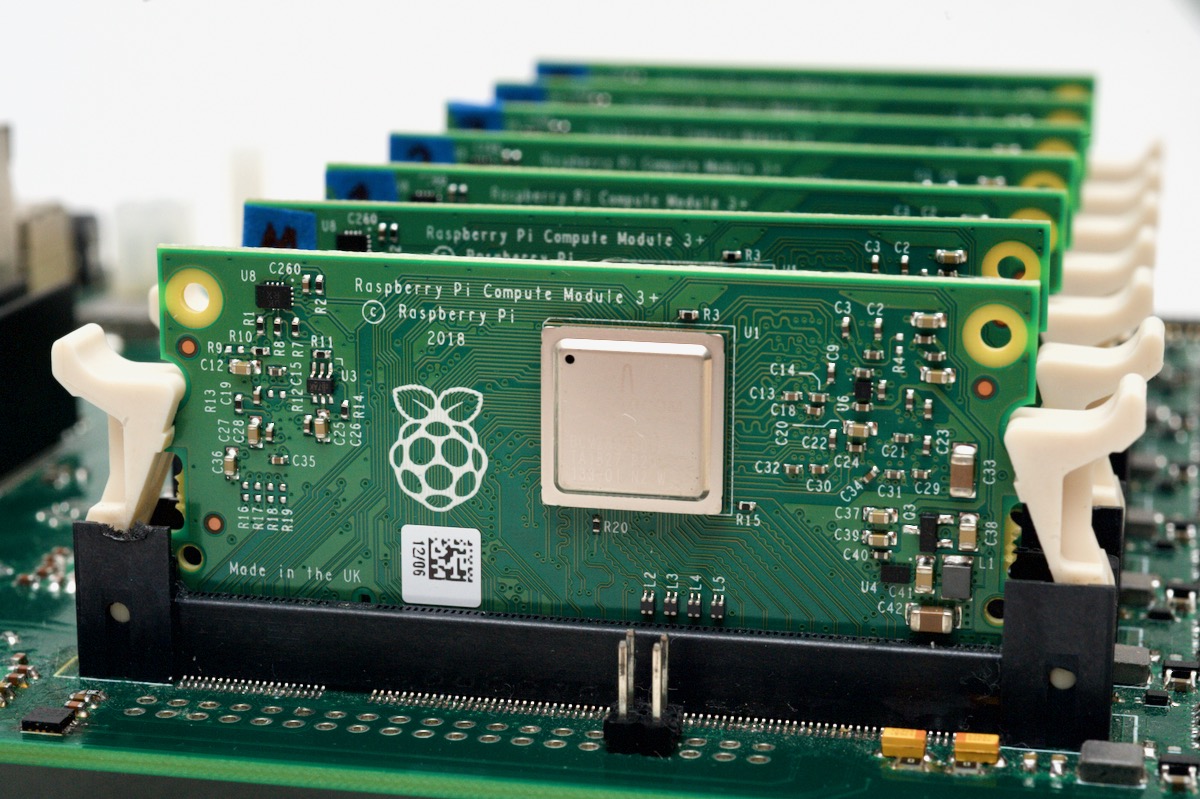What does Apple Silicon mean for the Raspberry Pi and ARM64?
Note: There's a video version of this blog post available here: What does Apple Silicon mean for the Raspberry Pi and ARM64?
A couple weeks ago I tried using the latest Raspberry Pi 4 8 gig model as my main computer for a day, and I posted a video about my experience.
Besides many diehard Linux fans complaining in the comments about my apparent idiocy caused by being a Mac user, the experience taught me one thing: A lot of software still isn't built for 64-bit ARM processors, or even for Linux in general.
But there's one trend that I'm seeing: most of the open source software I use already works great on a Pi 4 running on its 64-bit ARM processor.



